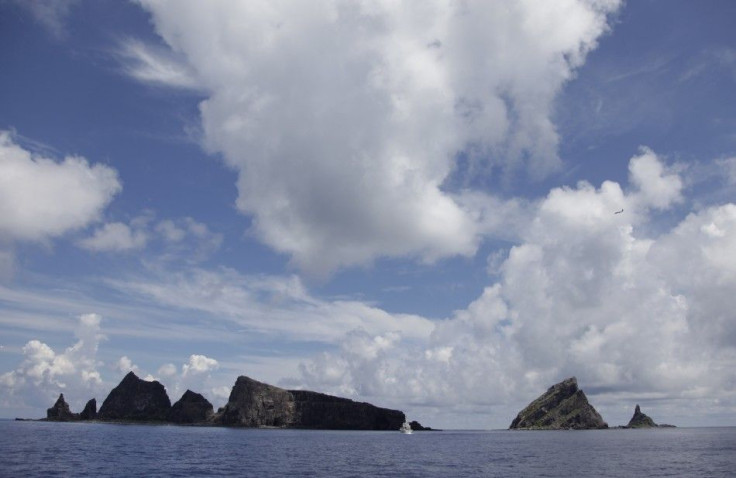Chinese Video Game Lets Players 'Reclaim' Disputed Island Territory in East China Sea From Japan

As China and Japan continue to go head to head over a cluster of islands in the East China Sea, known as the Diaoyu to Chinese and the Senkaku to Japanese, a video game in China is launching a new update that will allow for gamers to join the military in reclaiming the disputed territory.
According to a report in the South China Morning Post, the military computer game called Glorious Mission Online will be releasing an update on Aug. 1, with new levels and content that features the Diaoyu Islands specifically. In the new version of the game, players join China’s national army, the People’s Liberation Army, in fighting against Japanese opponents and are even able to fight aboard China’s first aircraft carrier, the Liaoning.
“The highlight of the update is the ‘Defend the Diaoyu Islands’ scenario,” a press release for Glorious Mission Online said. “Players entering the game will fight alongside Chinese armed forces and use their weapons to tell the Japanese that ‘Japan must return our stolen territory!’”
Online, excitement has been building since the announcement of the new features. But for the most part, gamers are eager only to explore the new aircraft carrier and think the addition of the islands was inappropriate — and a little too real. “The issue of defending the islands is not a game,” one poster wrote on China’s most popular social media platform, Weibo. “We shouldn’t fantasize this sort of thing.”
Others warned that the video game was fanning xenophobia among China’s younger generation. “We’re instilling fear in our own population instead of making actual progression in the issue,” another user added.
Many are saying that the game, which was originally developed as a simulator for the PLA, is contributing to a broad anti-Japanese shift in Chinese culture, as television dramas and movies feature more and more Japanese characters as villains. One of the game’s previous updates, which was called “The Chinese Dream,” had players fighting a “flood of attacks from Japanese invaders” in 1937, during the Second Sino-Japanese War.
© Copyright IBTimes 2025. All rights reserved.






















